Armenia caught between the EU and Russia Balance on the brink of collapse
Armenia is desperately trying to sit on two chairs, maintaining the appearance of balance in its relations with Russia and Europe. In Yerevan, officials continue to declare their commitment to integration with the EU, but they are in no rush to abandon Russia-backed projects, such as the Collective Security Treaty Organisation (CSTO) and the Eurasian Economic Union (EAEU).
Yerevan’s dual policy is already beginning to unravel. This is evident from the Armenian authorities' decision to participate in the upcoming Victory Day parade in Moscow on May 9, which has sparked significant discontent among Armenia’s European partners.
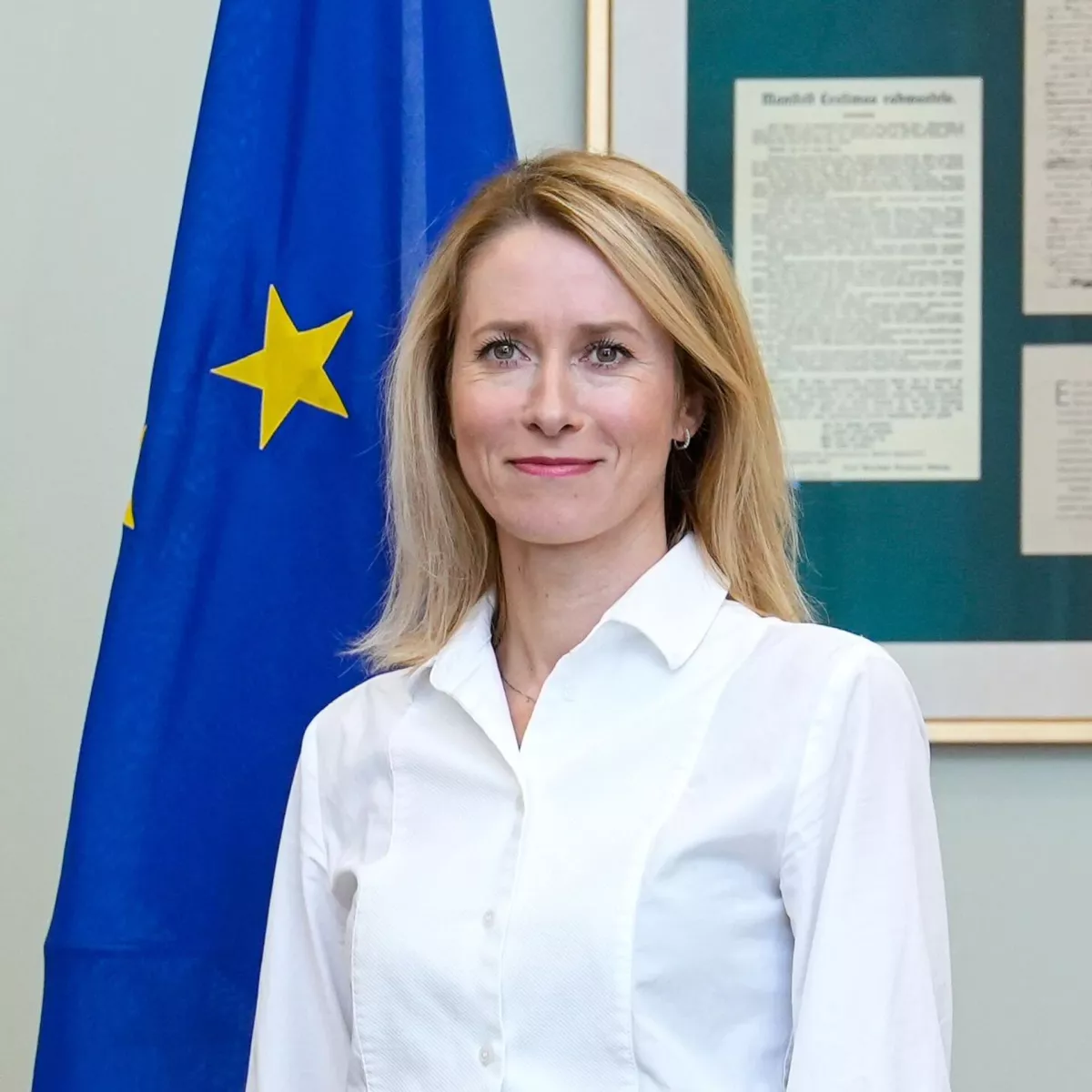
The EU High Representative for Foreign Affairs and Security Policy, Kaja Kallas, has demanded that EU countries and candidate states refrain from attending the Victory Day parade in Moscow, threatening "consequences" for those who violate this demand.
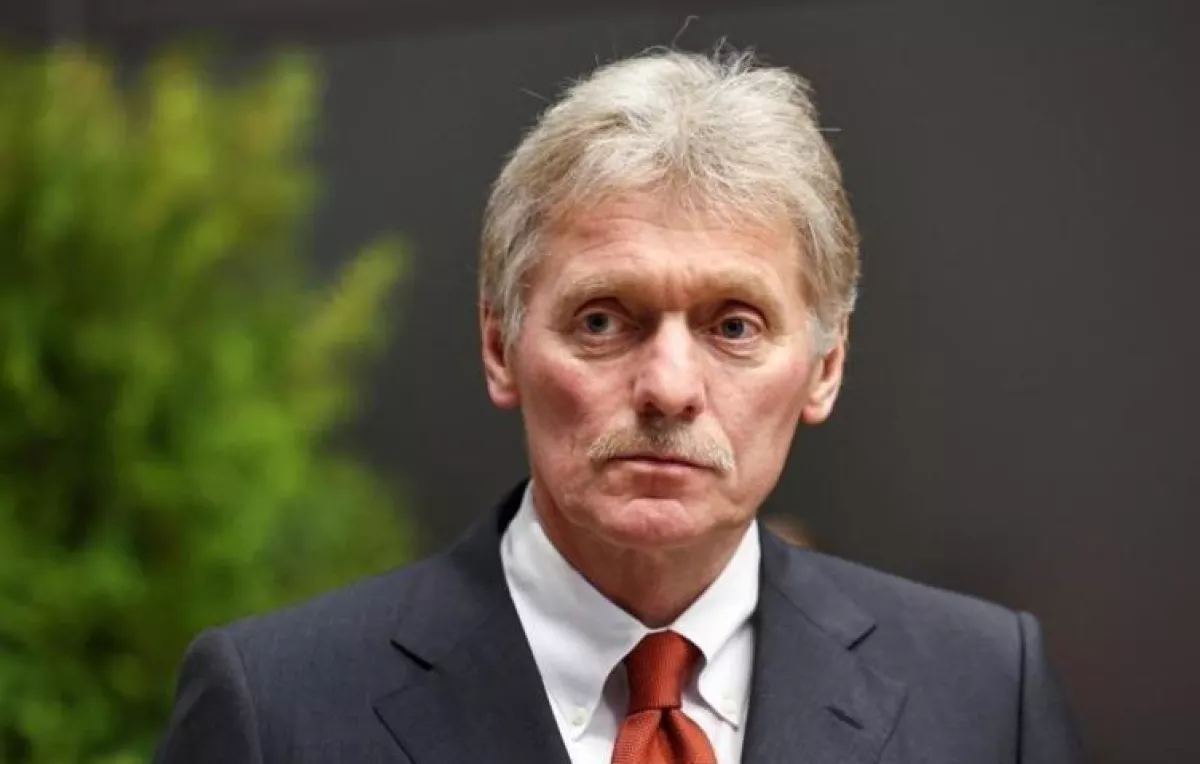
The reprimand from Brussels has not gone unnoticed in Moscow. Kremlin spokesperson Dmitry Peskov told journalists that the Russian authorities have taken note of the tough rhetoric from the head of European diplomacy and do not consider it to be appropriate: "We have taken note of her very harsh statements. We do not consider them to be correct."

Recently, Armenian Parliament Speaker Alen Simonyan told journalists that the Prime Minister's participation in the parade was not related to the EU’s position or any other foreign policy issues: "Victory on May 9 is also our victory. We had 300,000 casualties, so many people did not return from the front," he emphasized, confirming Nikol Pashinyan's participation in the Moscow event.
In this context, it is not surprising that Armenian-Russian relations became a topic of discussion at a joint press conference between Armenian Prime Minister Nikol Pashinyan and his Estonian counterpart, Kristen Michal, in Tallinn. When asked about Yerevan's readiness to distance itself from Russia, Pashinyan stated: "We want, as is logical, to have good relations with all international partners. We want to normalise our relations with the countries of our region; we want to normalise relations with Azerbaijan and Turkey. We also want to improve relations with our other neighbors — Georgia and the Islamic Republic of Iran — and deepen our relations with the European Union [...] We do not imagine and do not build our foreign policy in only one direction; we are trying to find and build the right balances in our foreign policy."
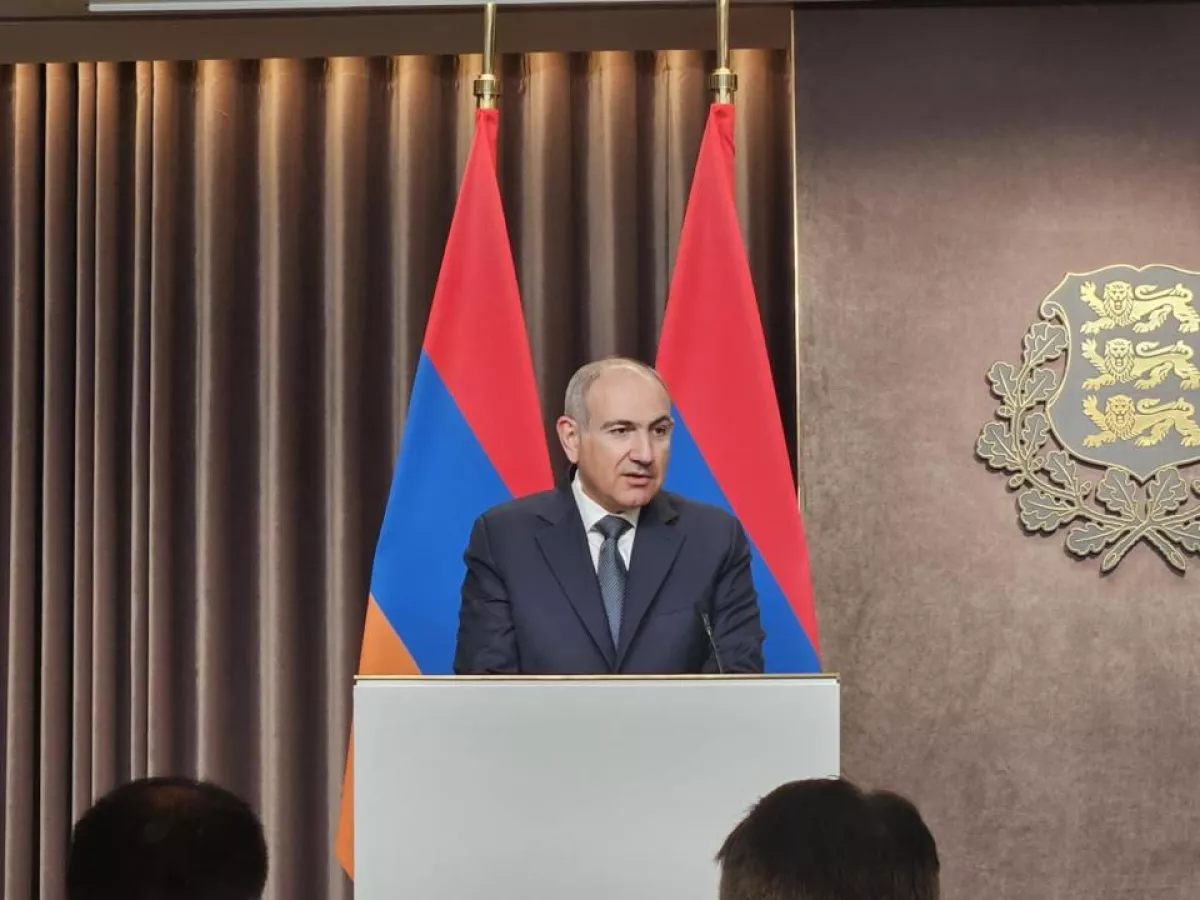
At the same time, Pashinyan specifically emphasised that Armenia does not intend to sever or damage its relations with Russia.
This stance signals Yerevan’s reluctance to exit Russia’s sphere of influence. Firstly, the main reason lies in Armenia’s deep financial and economic dependence on Russia, without which Yerevan is unlikely to survive independently.
Secondly, Yerevan is well aware that full integration into the EU is not a realistic prospect in the foreseeable future, and financial support through the so-called European Peace Facility will be insufficient to offset the potential losses resulting from withdrawal from Russian-led projects.
Thirdly, Moscow’s “soft pressure” on Yerevan clearly indicates that Russia is determined to keep Armenia within its orbit and will not allow its strategic outpost in the South Caucasus to drift toward the West. This effectively buries the European aspirations of the Armenian leadership.
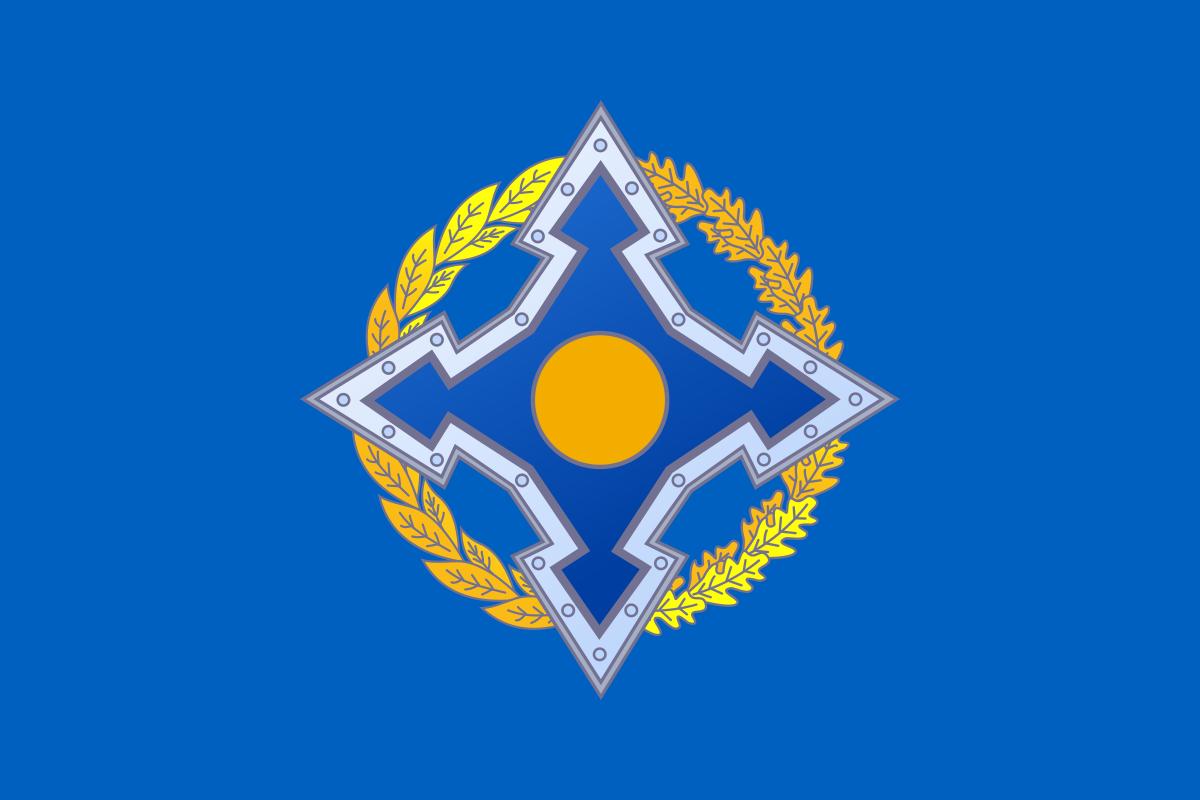
Despite the emergence of new patrons for Armenia, Moscow continues to regularly remind Yerevan of its obligations within the CSTO and the benefits of membership in the EAEU, completely ruling out the possibility of Armenia’s deep integration into the European community.
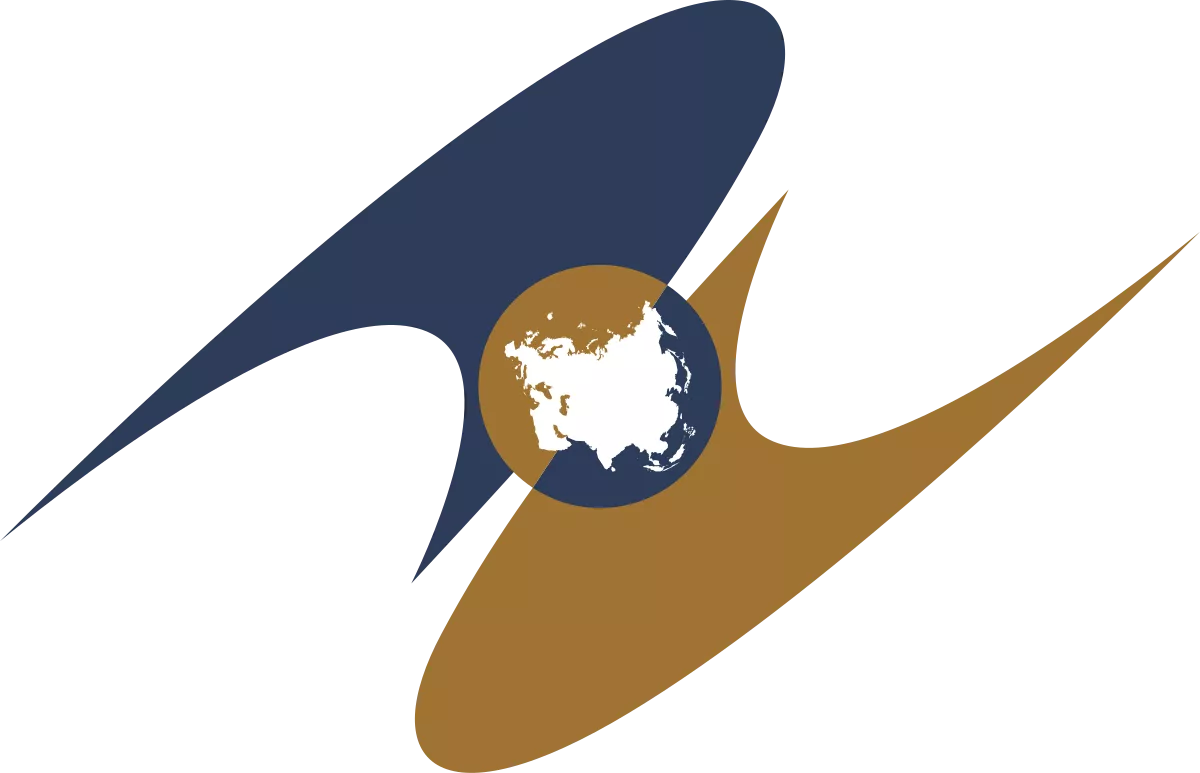
Armenia has found itself caught between the EU and Russia due to the lack of firm political will among Yerevan’s leadership to make clear and decisive choices. A similar ambiguity is evident in the matter of normalising relations with neighbouring countries — Azerbaijan and Türkiye. Apart from rhetorical declarations of readiness for peace by Armenian authorities, no concrete steps have been observed.
Thus, at the press conference in Tallinn, when asked by a journalist about the reasons behind the delay in the peace process with Azerbaijan, Nikol Pashinyan once again repeated the familiar refrain: “Our government is working on this issue on a daily basis, and we are determined to contribute to its resolution. We will continue to follow this strategy until we achieve our goal — the signing of a peace agreement. We will not deviate from this path.”
However, Pashinyan’s lofty declarations of commitment to peace directly contradict Armenia’s actions on the ground. While he assures the international community of Yerevan’s peaceful intentions in Tallinn, Armenian armed forces continue to shell Azerbaijani positions along the conditional border. By provoking border incidents, the Armenian side compels Azerbaijan to respond, after which Armenian media disseminate disinformation portraying Baku as the aggressor. Through such manoeuvres, Yerevan seeks to escalate tensions, cast Azerbaijan as the provocateur, and stall the negotiation process.
In reality, the statements by Armenian officials regarding their fulfilment of Baku’s two key demands remain unsubstantiated.
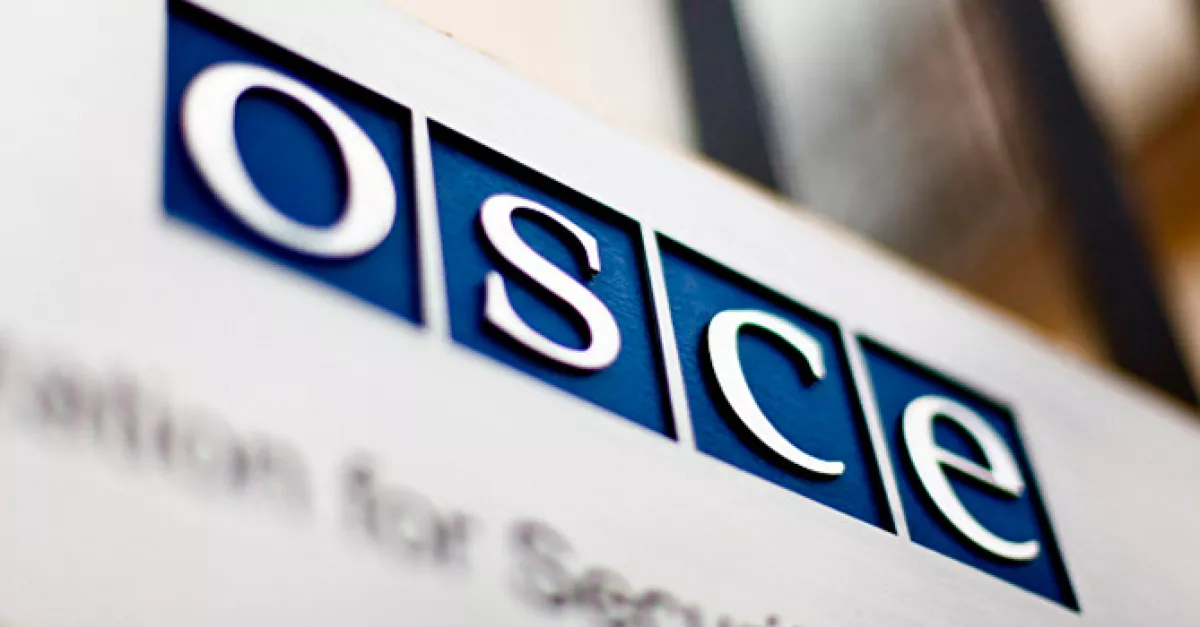
The dissolution of the OSCE Minsk Group is stalling, the issue of amending Armenia’s constitution has been left in limbo, and the country’s active militarisation—fuelled by Western and Indian arms supplies—gives Baku every reason to doubt the sincerity of Yerevan’s peace rhetoric.
As for Armenia’s foreign policy oscillation between Moscow and Brussels, it seems likely that financial and economic dependency will ultimately outweigh European aspirations.








